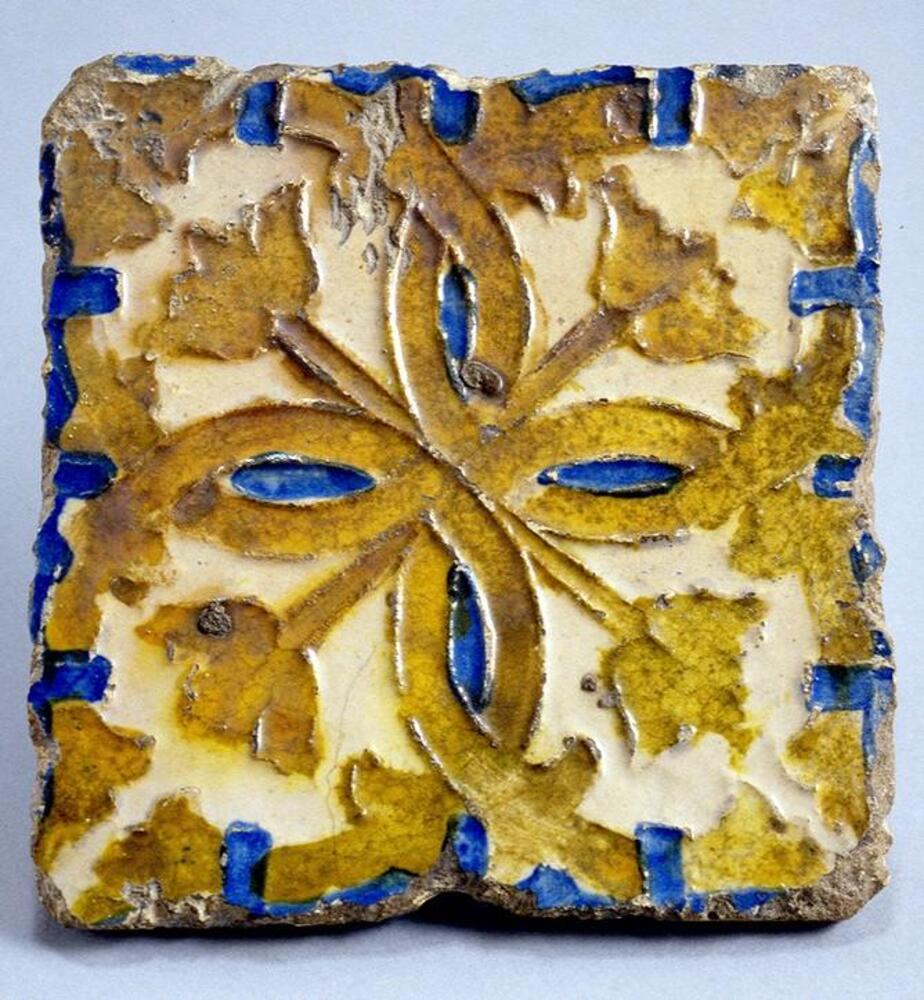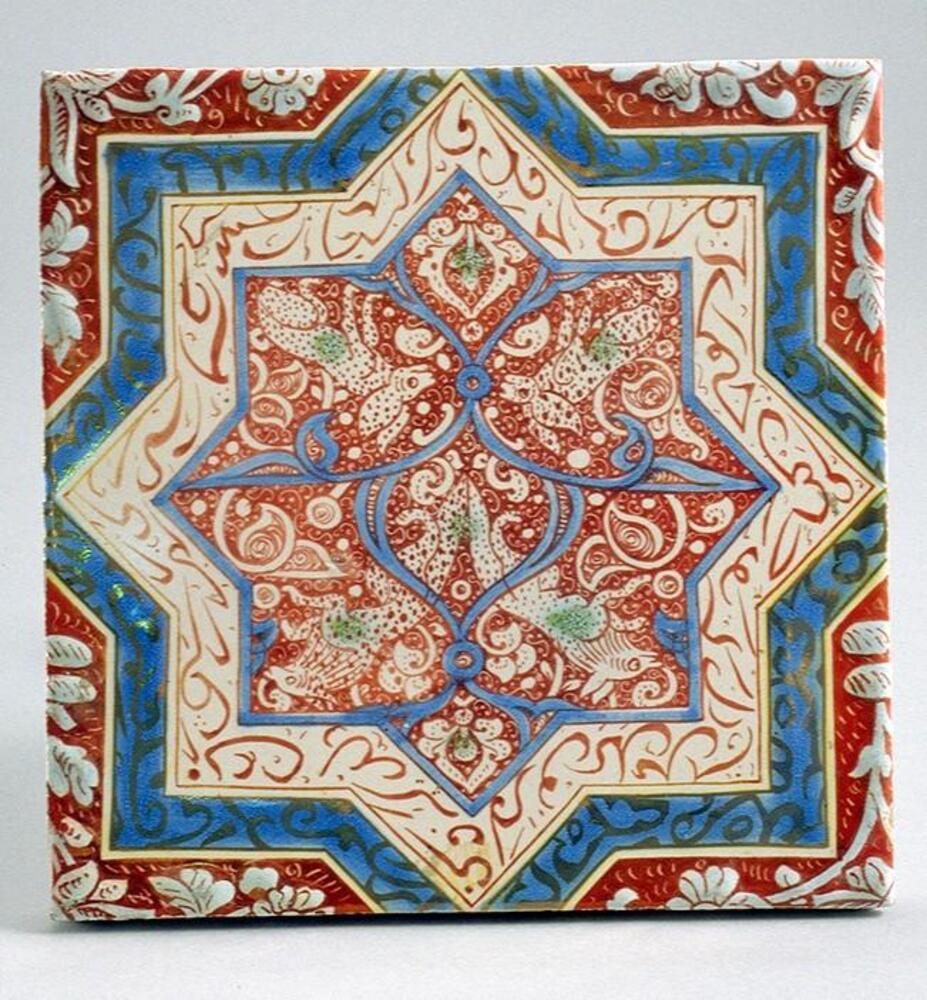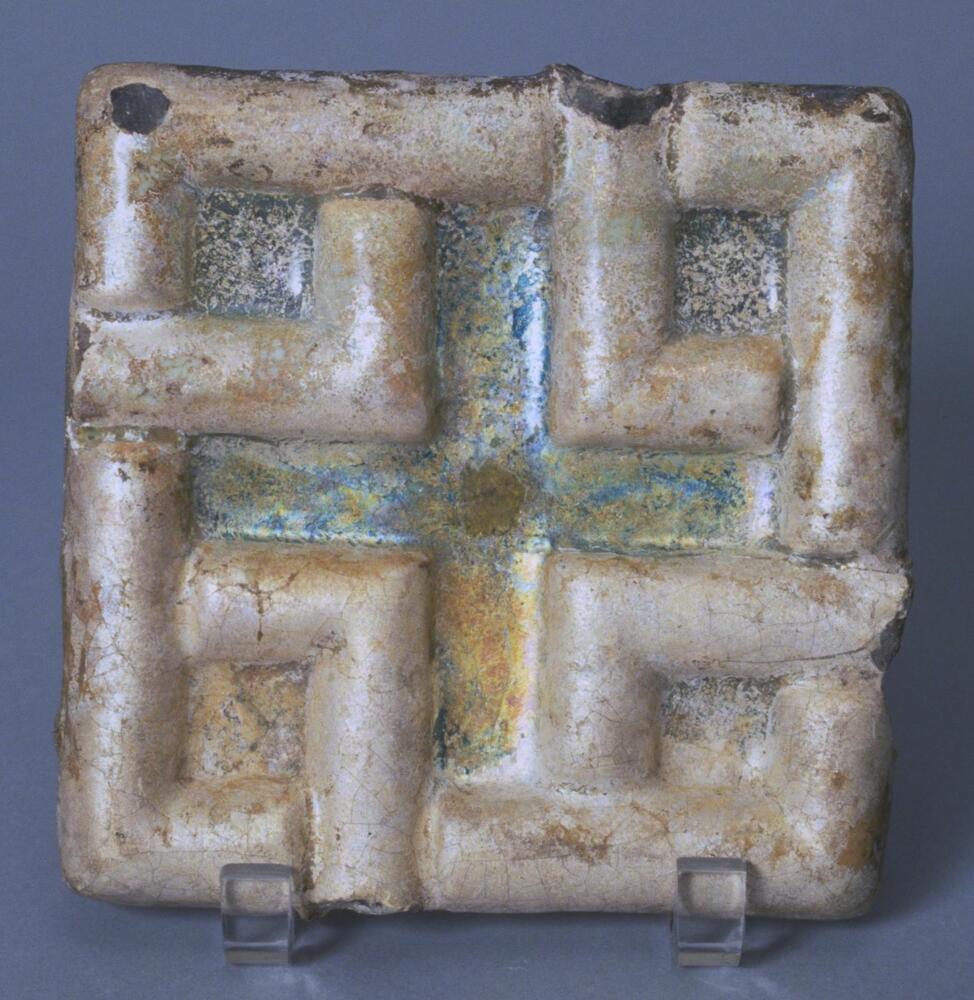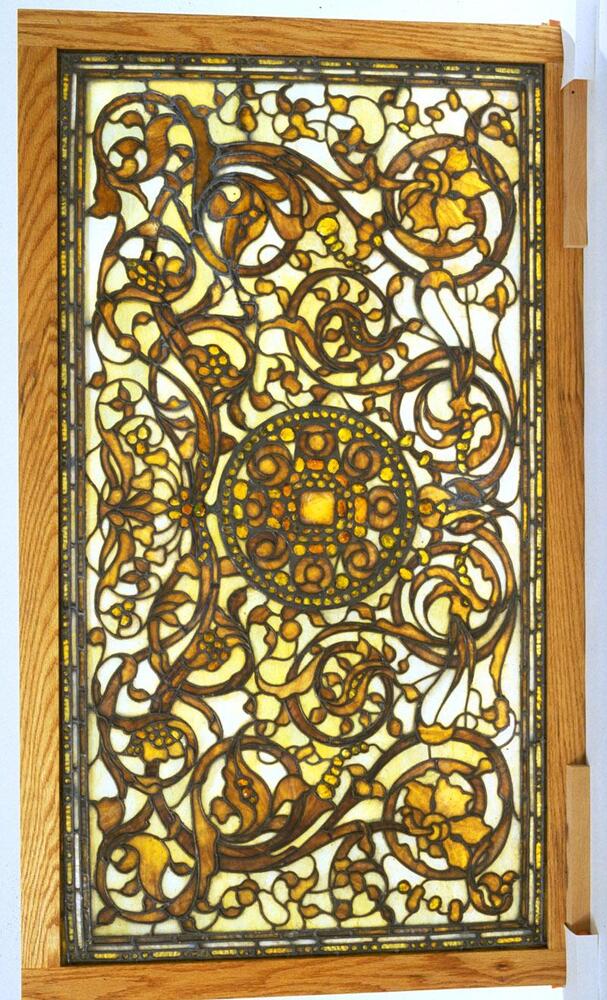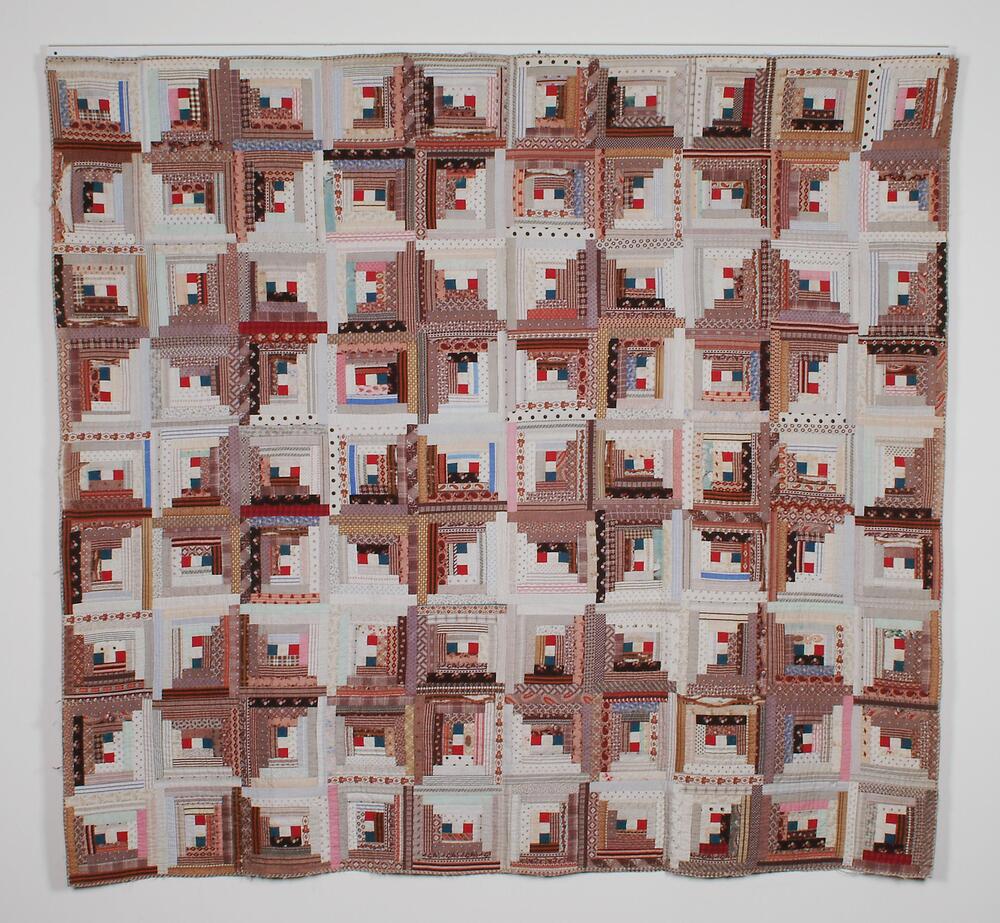Math Activity: Symmetry
Math Enrichment Activity
This activity could take place in the museum or in the classroom. It is differentiated so educators can decide how best to adjust the level of instruction to fit students' abilities.
Objective: Students will become familiar with vocabulary (symmetry, asymmetry, axis, radial symmetry). They will explore how sculptural representations of the human figure relate to proportion and how those may be culturally or temporally bound. They will analyze various canons of proportion and calculate the ratio for each.
Elementary:
1. Introduce vocabulary (symmetrical, axis) by studying images of symmetrical tiles or objects (butterflies, houses, human figures). Hold a mirror in the middle of the tile, or fold the paper in half to check symmetry. If not, explain that the design is asymmetrical.
2. After studying symmetrical designs, provide students with half of a design, printed on a four-quadrant grid. Students then complete the other half and check symmetry with a mirror or by folding.
3. For a more complete project, students could create a coaster by painting a symmetrical design on a ceramic tile.
Middle School: Radial Symmetry
1. Introduce topic of radial and biaxial symmetry by studying Islamic tiles or other symmetrical designs. Incorporate vocabulary such as axis and reflection.
2. Experiment with creating symmetrical designs by using a compass. Potentially watch All the Possible Polygons as an introduction to using a compass.
3. Create a mandala design using radial symmetry.
High School: Translations
1. Study the Iranian Square Tile with Stylized Tulip Design or Patchwork Quilt. Copy the design onto graph paper and delineate the four quadrants. Number various points within the design (for example, the tulip in quadrant 1 could be labeled "Number 5 and the tulip in quadrant 4 could be labeled "Number 7.") Working with a partner, ask students to list translations that they see. For example, "Number 5 turns into Number 7 by reflecting over the X axis."
Extension scenario: A client would like to hire you, a tile artist, to install a backsplash in her kitchen. She has a lot of money but doesn't like to waste it. Your job is to create a symmetrical design that extends over four squares and creates a repeating pattern.
Extension Activities:
- Explain how symmetry can be graphed with an x and y-axis. Using students’ symmetrical designs, draw a graph on top, with (0, 0) coordinates in the center.
- Use a compass: Demonstrate how a compass works and explain that almost all Islamic design is founded on the circle and line. If you are able, watch “All the Possible Polygons,” an animated drawing. https://www.youtube.com/watch?v=LBgIWQcC6lM Allow students to experiment with compasses and create symmetrical designs.
- Experiment with The Geometer’s SketchPad, mathematics visualization software http://www.dynamicgeometry.com/
- For advanced math students, refer to the mathematic formulas behind the design. See “Symmetry and Islamic Art:” http://www.math.ups.edu/~bryans/Current/Spring_2014/5_Ameneh_mccullough_project.pdf
4 Links
Created For
K-12 EducatorK-12 Student
Museum Visitor
UMMA Docent
UMMA Staff
University Faculty
University Student
Rate this Resource
AVG: 0 | Ratings: 0
& Author Notes
Creative Commons by-nc-saLast Updated
June 6, 2017 1:39 p.m.Report
Reporting Policy
